Australian Bastard now in the blockchain. 035e74ef2698711519c671e2628cd313f29f7e97ece11cd0a01a6d95f1faeb17 https://t.co/9qPgleixSa
— Kevin McKernan (@Kevin_McKernan) November 15, 2015
Image data provided by the WercShop.
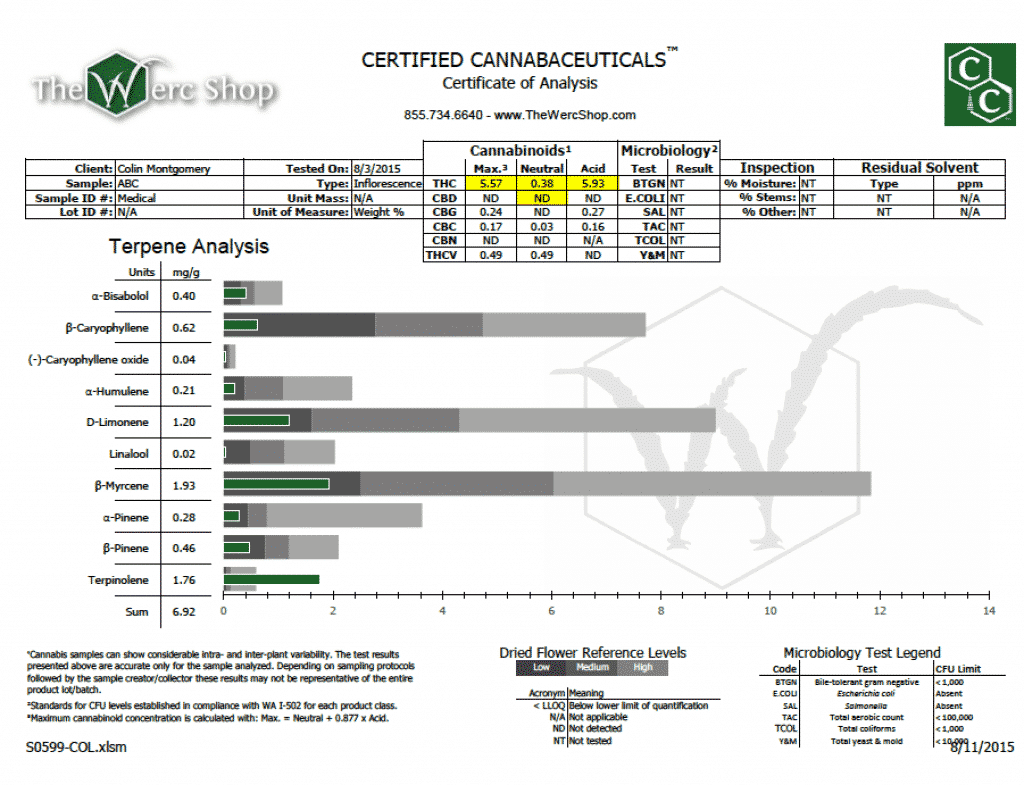
Comments from submitter-
“I have to admit, after seeing these plants in person they’re really something else! They’re so deformed you could walk by or through them and not even recognize they’re Cannabis. They exhibit a leaf mutation that instead of producing typical blades/laminas they form these modified leaflets with little serration(and in select individuals variegation). In some of the photos attached you’ll find a size comparison of fan leaves from a drug variety and an ABC. These were sampled from approximately the same location on each plant and to further demonstrate their size difference I placed an ABC hybrid fan leaf onto a fan leaf of an adult drug variety. In one of the last photos you’ll see a small plant no more than 2 ft. tall. According to our source, this phenotype most resembles the plants from the original P1 generation.”
According to John McPartland (pers. commun., 2015)- “Some Cannabis in Australia has a very unique provenance. William Roxburgh, a British botanist stationed in Calcutta, sent germplasm from India to Australia in 1802. More Indian seed was sent in 1803. Colonists grew it in the Singleton district of the Hunter Valley into the 1820s. It no doubt gave rise to a huge patch of feral Cannabis that covered 30 km2 (12 mi2) grew along the flood plain of the Hunter River 160 km (100 mi) north of Sydney. The feral hemp was famously psychoactive.
Video of the plants and their hybrids- IMG_3341
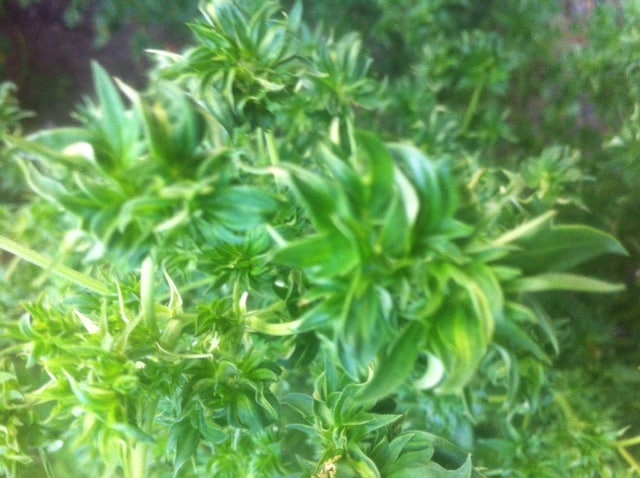
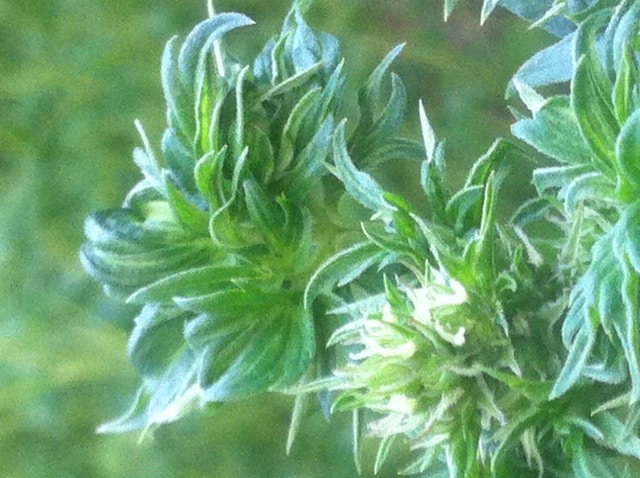
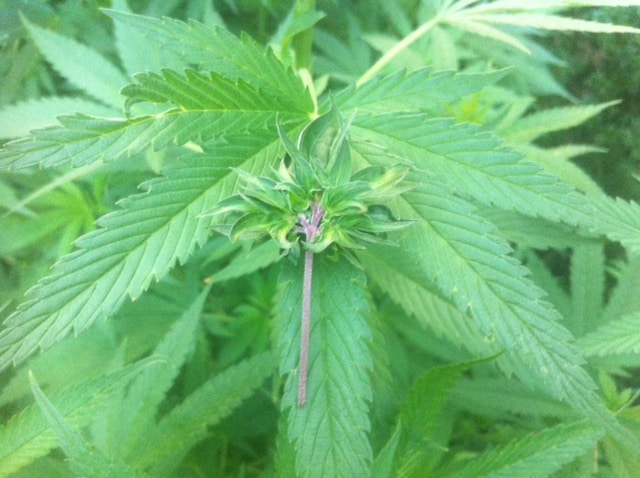

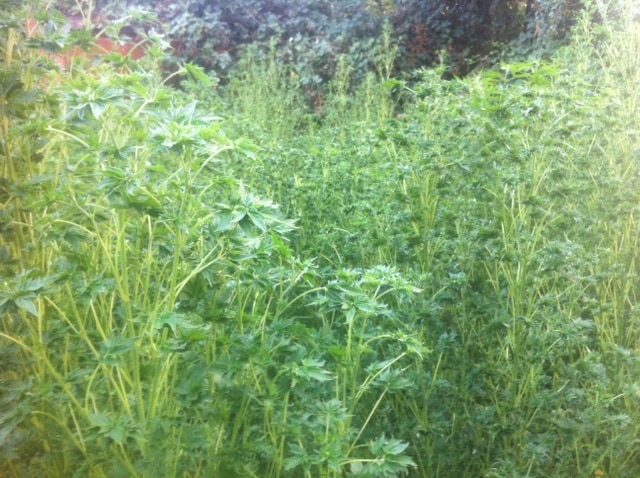
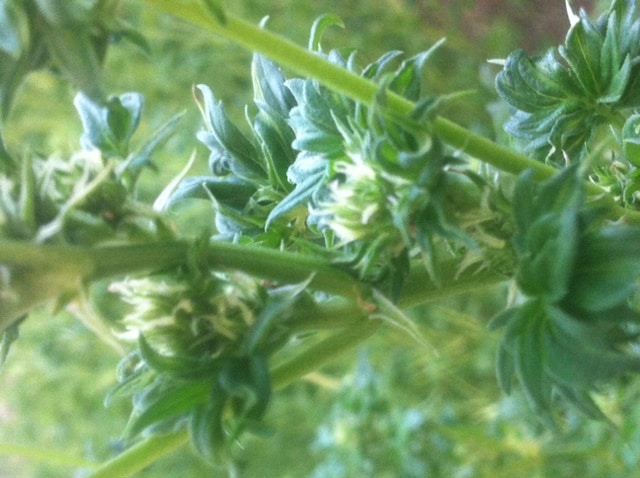
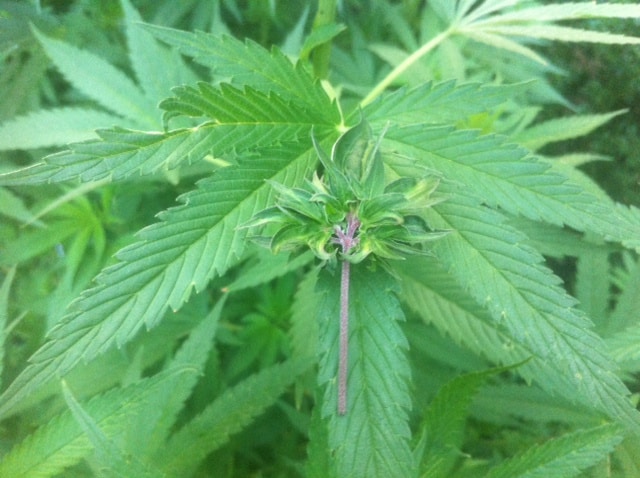

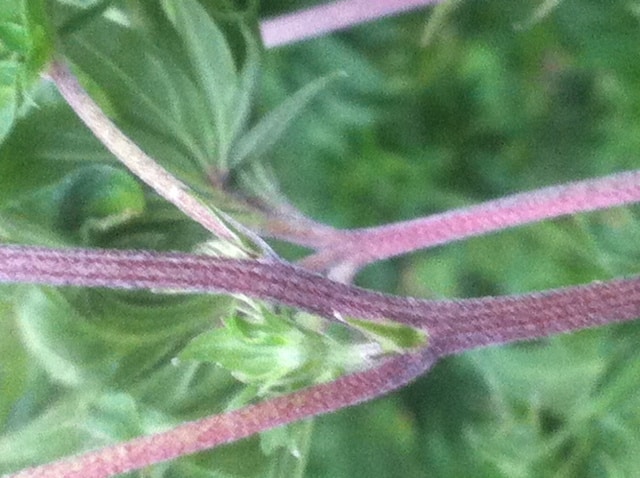
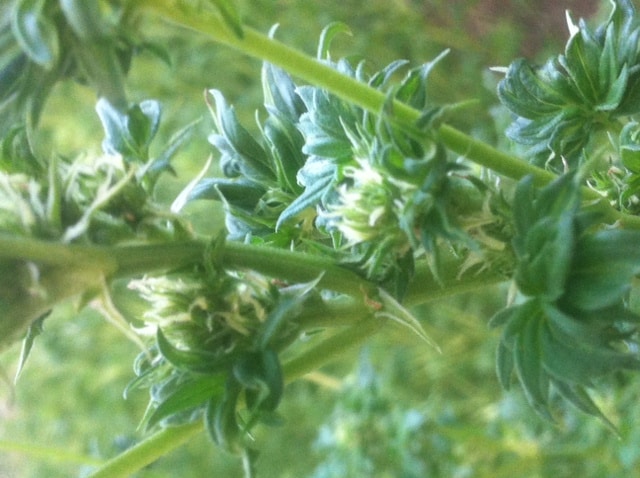
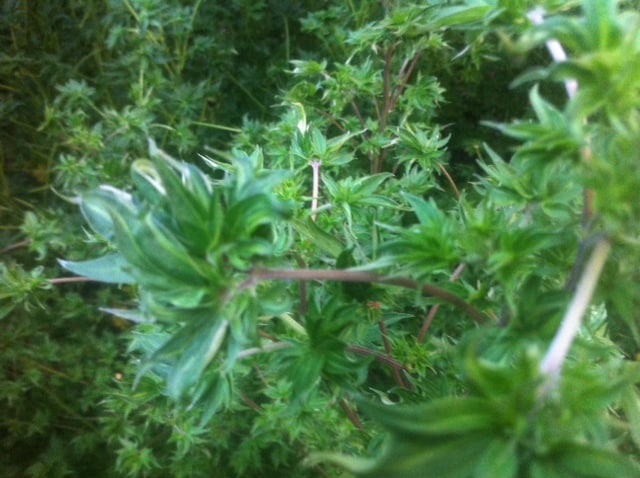
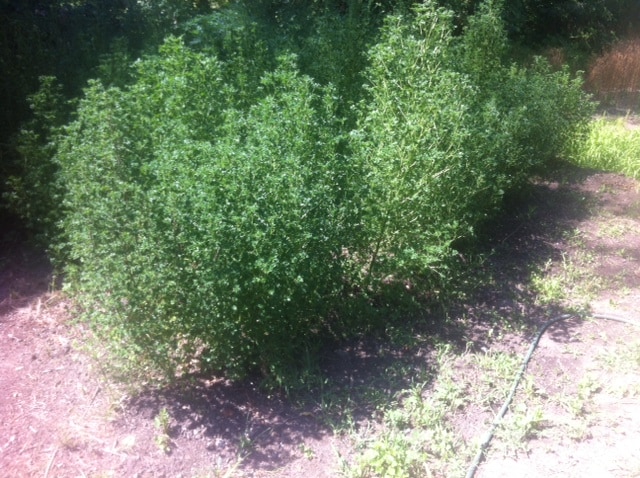


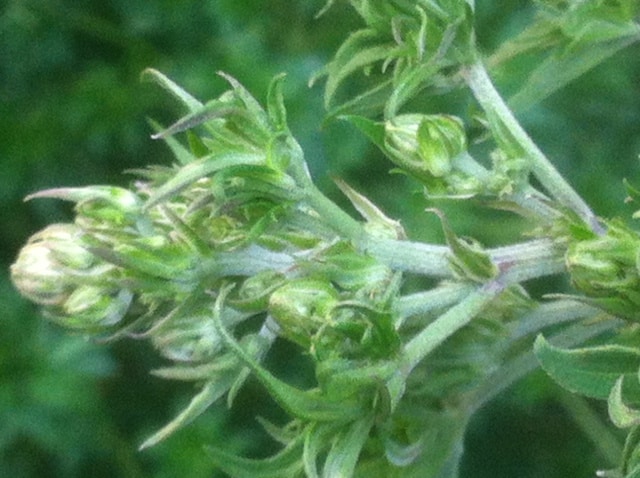
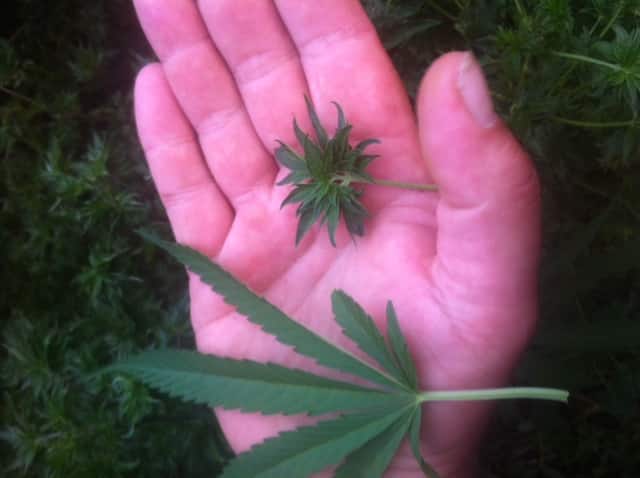
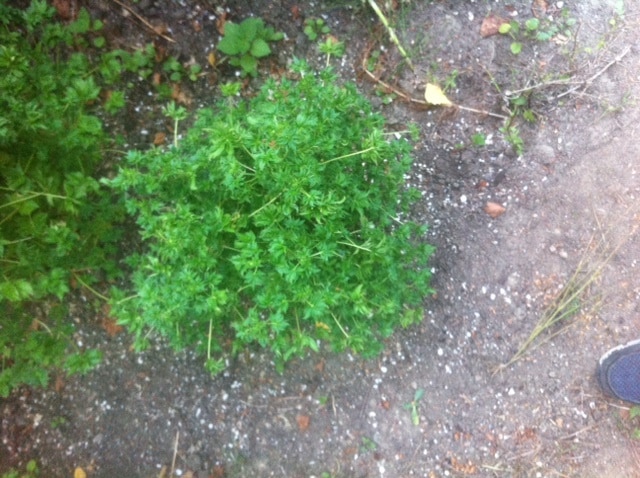
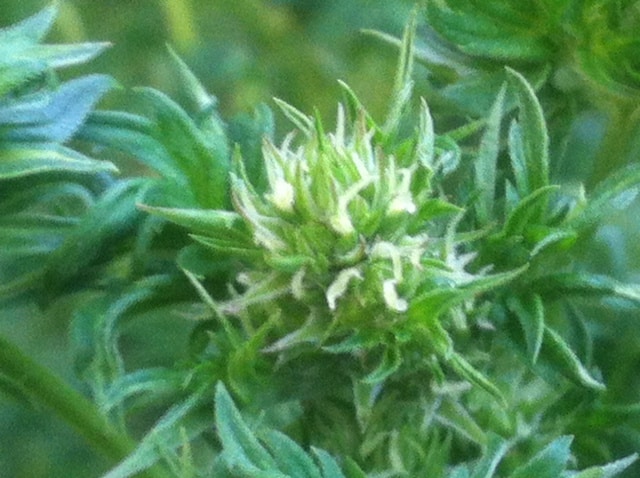
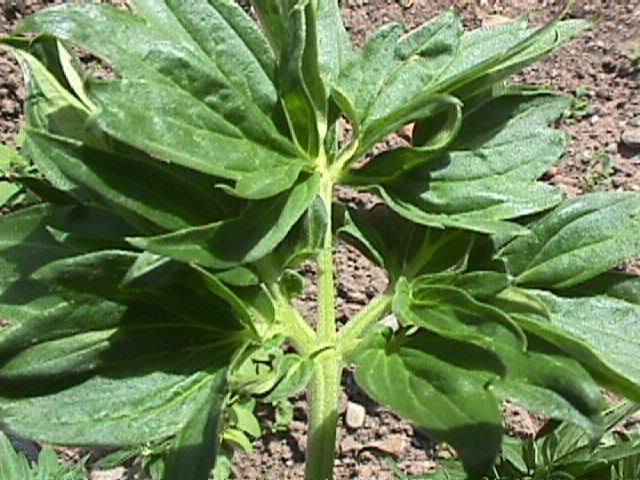
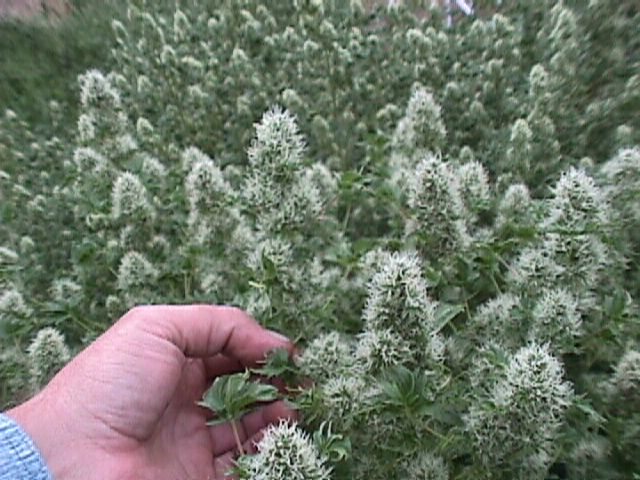
©2025 MEDICINAL GENOMICS CORPS
Copyright all right reserved.
Signup to receive email updates on blog posts, podcasts, webinars, new products, and more!
Join us at the CannMed 25 Innovation and Investment Summit, an exclusive experience of discovery, development, and networking with innovators from around the world.